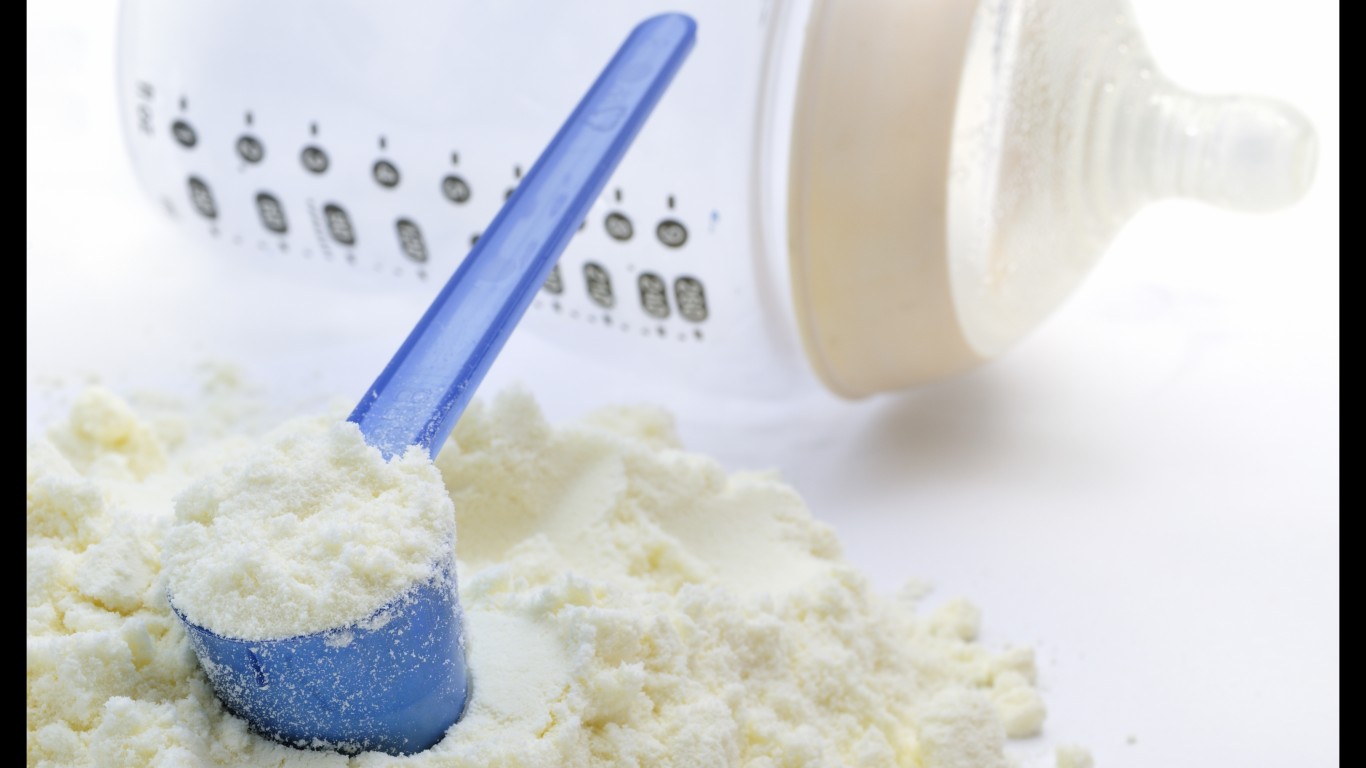
While it’s unlikely that any of us will be the first person to set foot on Mars, most of us snap photos with our cellphone cameras daily. We have NASA to thank for that, and for a variety of other modern inventions.
It may be obvious that space blankets and astronaut ice cream have their roots in space age research, but it’s less apparent how things like infant formula and laser eye surgery are connected to NASA.
24/7 Tempo reviewed dozens of modern inventions that exist due to research in the field of space exploration and compiled 30 technologies that we’ve adapted for daily use. Many of these are listed in NASA’s annual publication Spinoff, which highlights inventions with NASA origins.
While all of these technologies weren’t necessarily invented by NASA, they were made possible due to connections such as NASA funding and partnerships, use of NASA research facilities or patents, help from NASA scientists, or data from NASA research laboratories.
These are employed daily to save lives, improve environmental sustainability, and help keep humans healthy — unlike the modern inventions we no longer use.
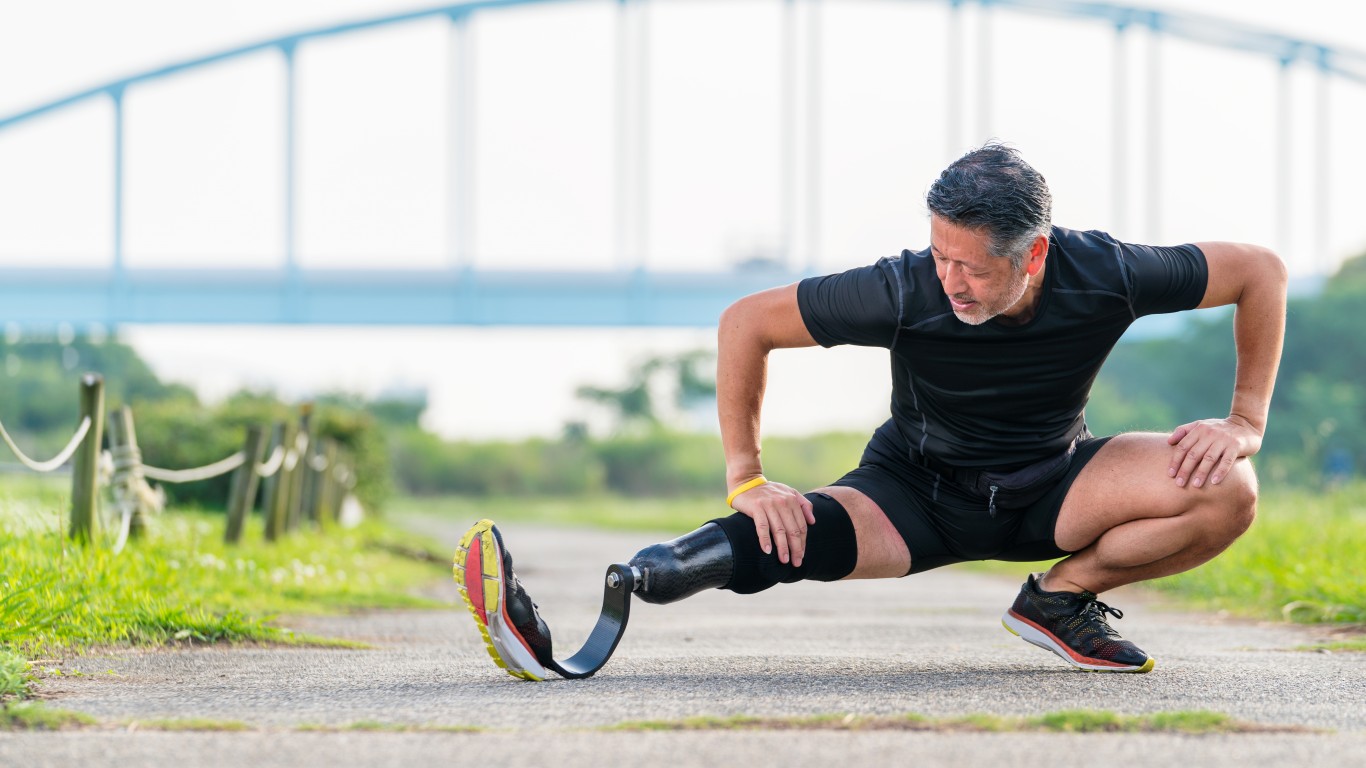
1. Artificial limbs
Innovations originally designed for space vehicles, including artificial muscle systems, robotic sensors, diamond joint-coatings, and temper foam, make artificial human limbs more functional, durable, comfortable, and life-like.
[in-text-ad]

2. Scratch resistant lenses
After NASA developed scratch-resistant astronaut helmets, the agency gave a license to Foster Grant to continue experimenting with scratch-resistant plastic coatings, which now comprise most sunglass and eyeglass lenses, prescription and otherwise.
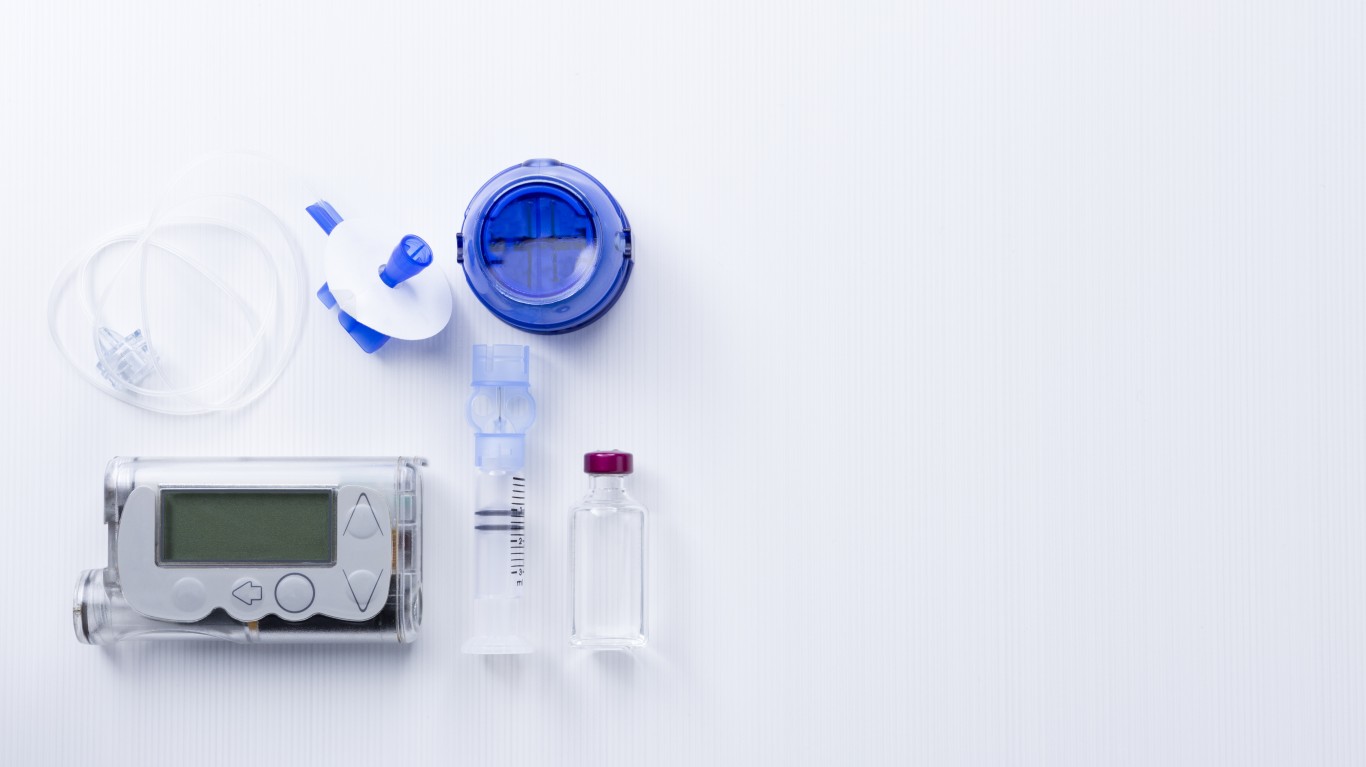
3. Insulin pump
Needing to monitor astronauts’ vital signs in space, the Goddard Space Flight Center created monitoring systems that have been adapted to regulate blood sugar levels and release insulin as needed.
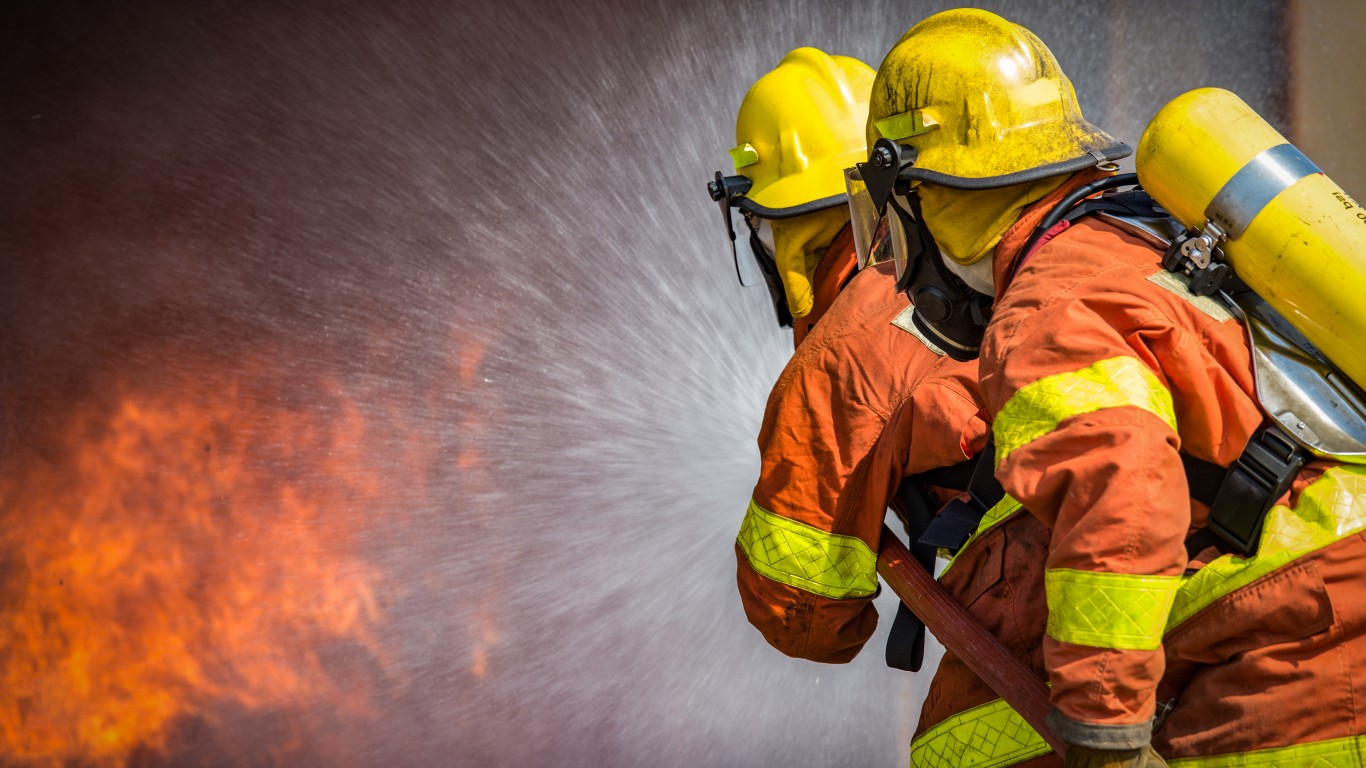
4. Firefighting equipment
The polymer textiles created for use in space suits have been valuable in creating flame-retardant, heat-resistant suits for firefighters. Newer suits also feature circulating coolant to keep firefighters from succumbing to heat and advanced breathing systems modeled after astronaut life support systems.
[in-text-ad-2]
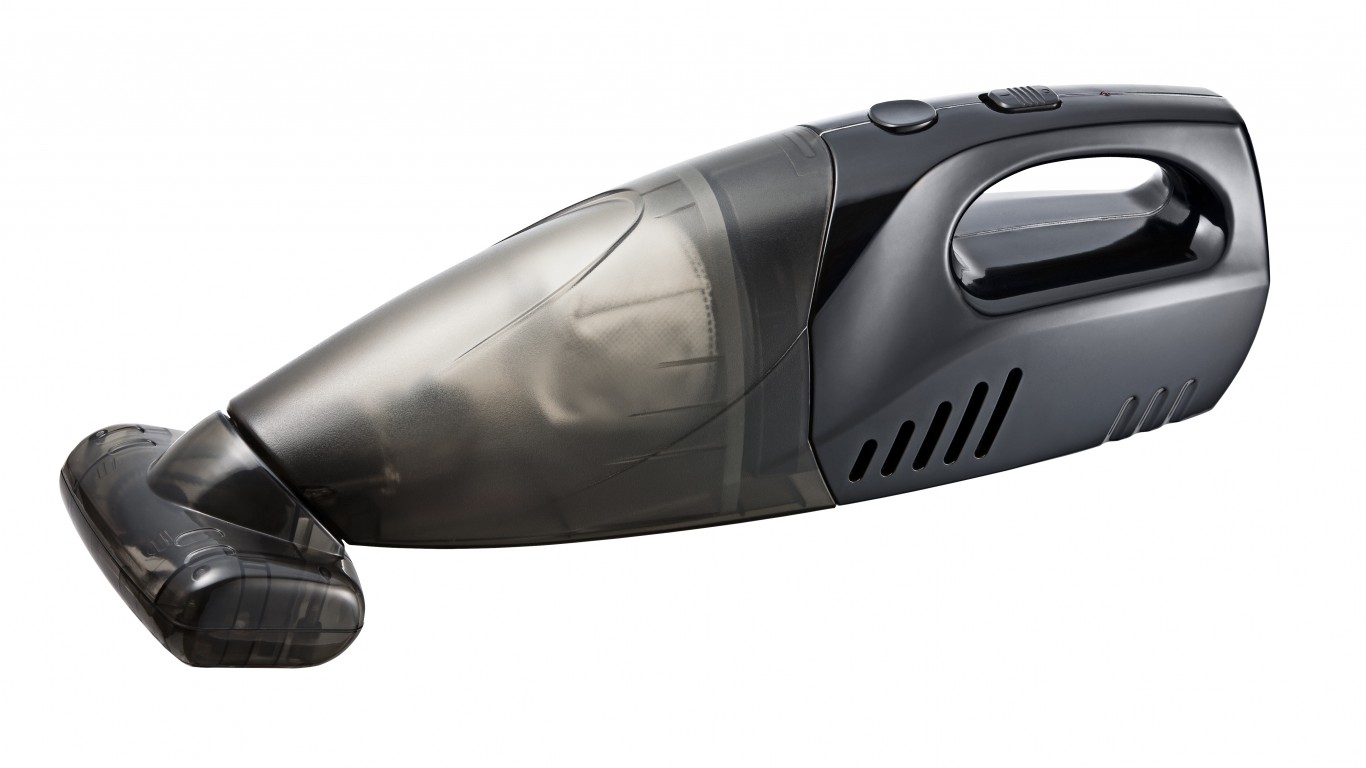
5. DustBusters
During the Apollo moon landings, NASA partnered with Black & Decker to invent various battery-powered tools for drilling and taking rock samples in space. This led to the creation of the ultra-light, compact, cordless DustBuster.
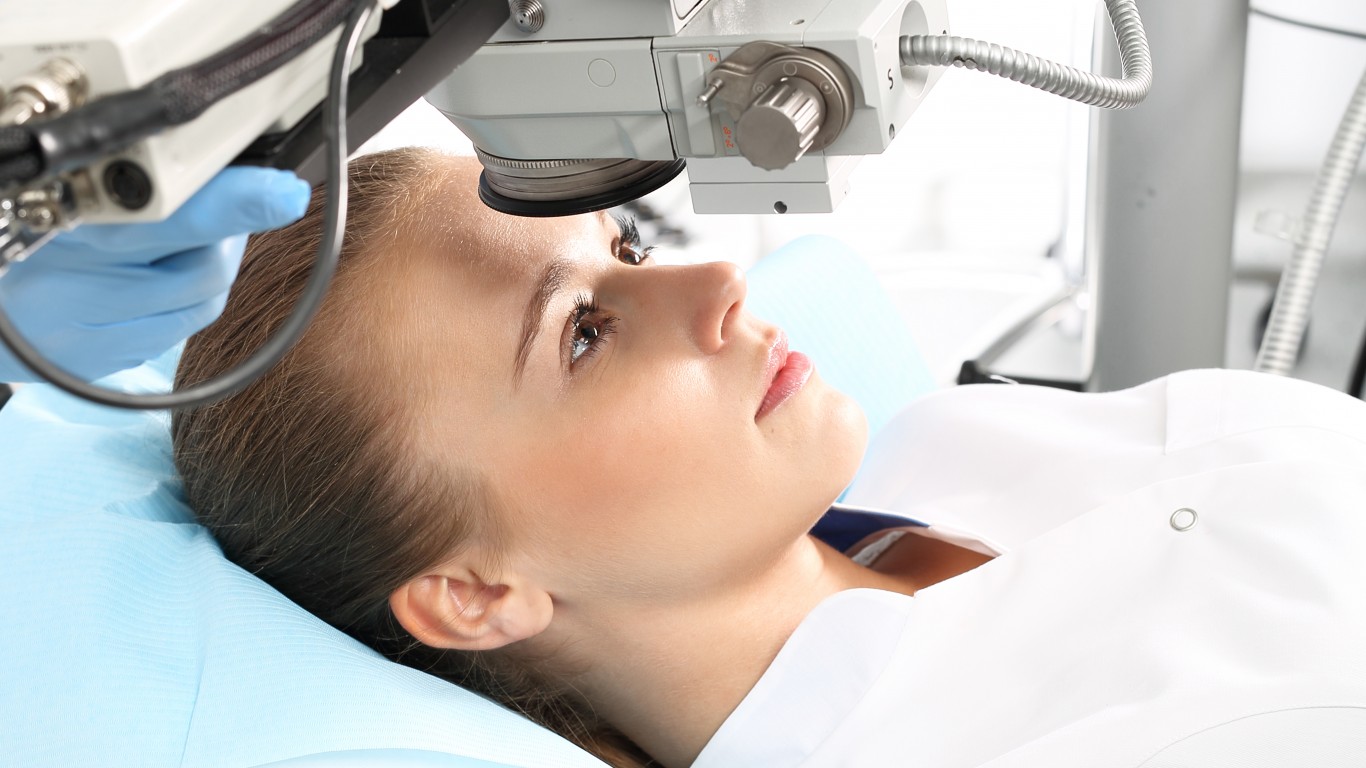
6. Laser eye surgery
Technology used to track astronauts’ eyes in space, originally intended to assess how a human’s frame of reference is affected by weightlessness, has become essential for use during laser eye surgery. The device tracks a patient’s eye position while the surgeon operates.
[in-text-ad]
7. Structural shock absorbers
Shock absorbers designed to protect equipment during space shuttle launches are now used to protect bridges and buildings in areas prone to earthquakes.
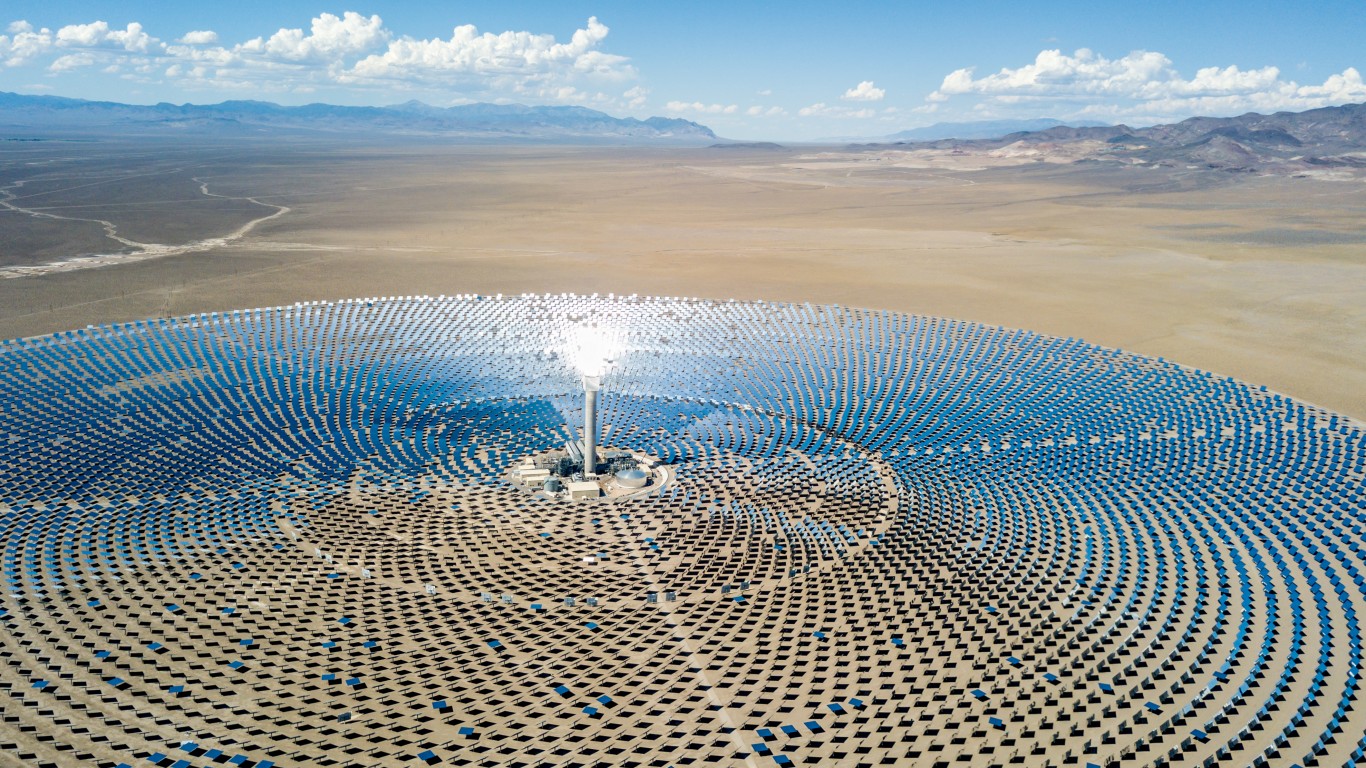
8. Solar cells
Out of a need to increase the efficiency of the energy systems aboard the International Space Station, NASA has helped invent and improve photovoltaic cells, sharing the advancements with other companies to accelerate the technology.
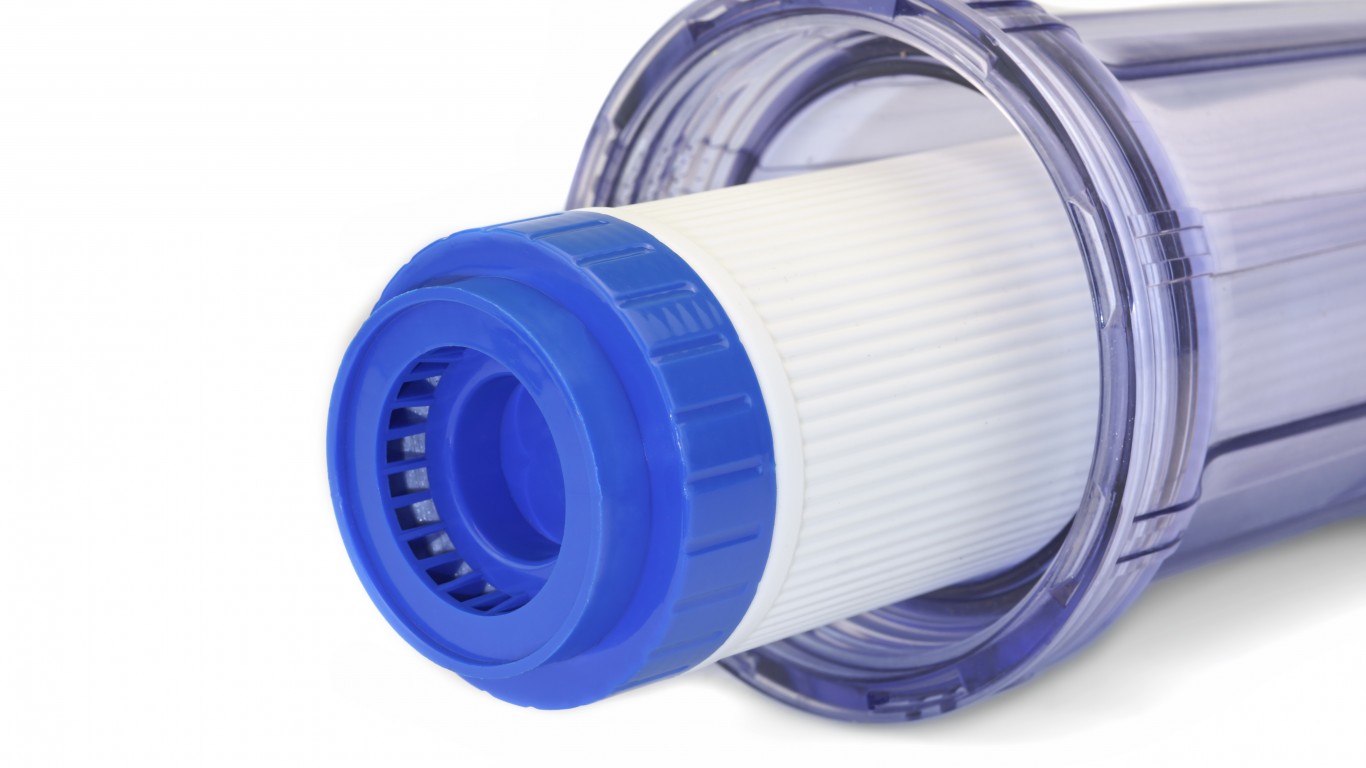
9. Water filtration
In the 1970s, NASA developed filtration systems that utilized iodine and cartridge filters to ensure that astronauts had access to safe, tasteless water. This filtering technology is now used around the world to purify water in at-risk communities.
[in-text-ad-2]
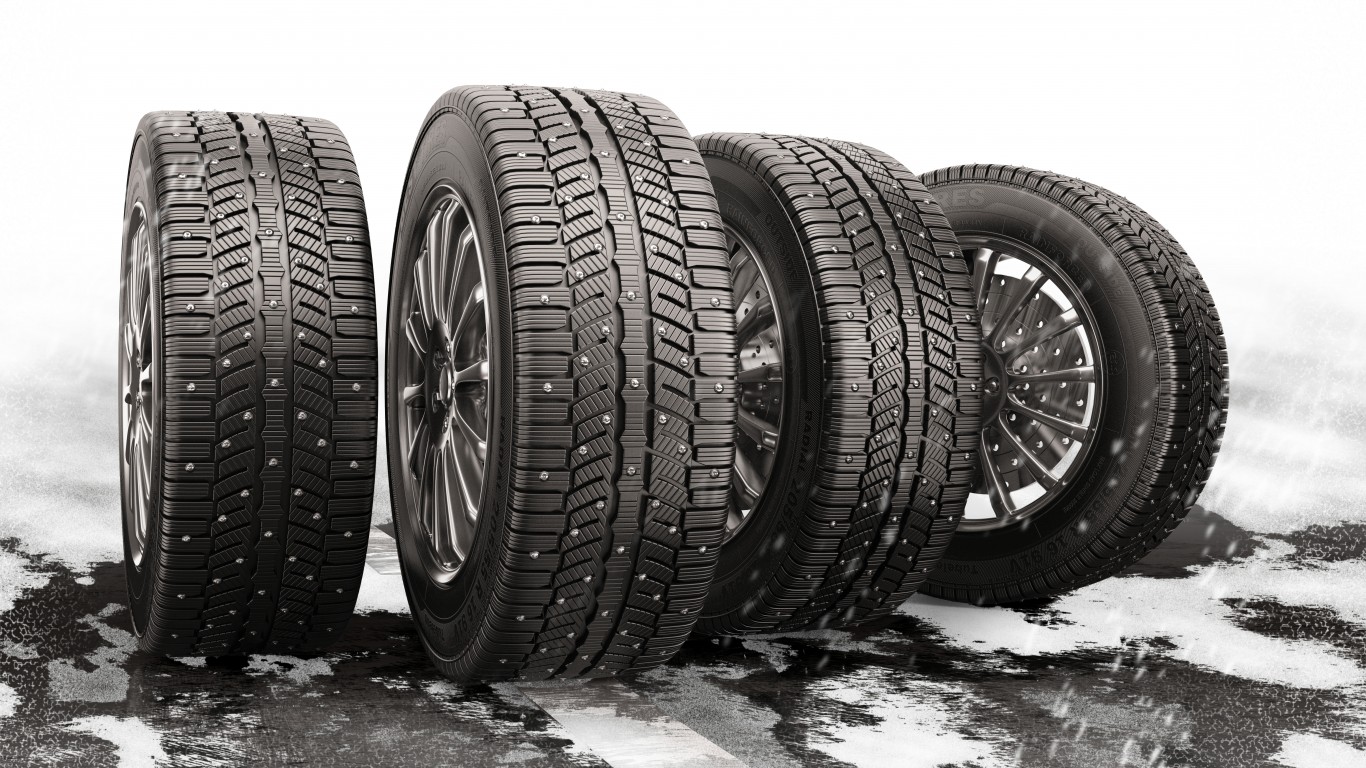
10. Better tires
After the Goodyear Tire and Rubber Company invented the material used in NASA’s Viking Lander parachute shrouds, the company began using it in its everyday radial tires. The material is stronger than steel and adds thousands of miles of life to the tires.

11. Wireless headsets
Along with two airline pilots who’d invented a prototype of a wireless headset, NASA built a light, hands-free communication system that would allow astronauts to communicate with teams on Earth. The technology was utilized in the Mercury and Apollo missions.
[in-text-ad]
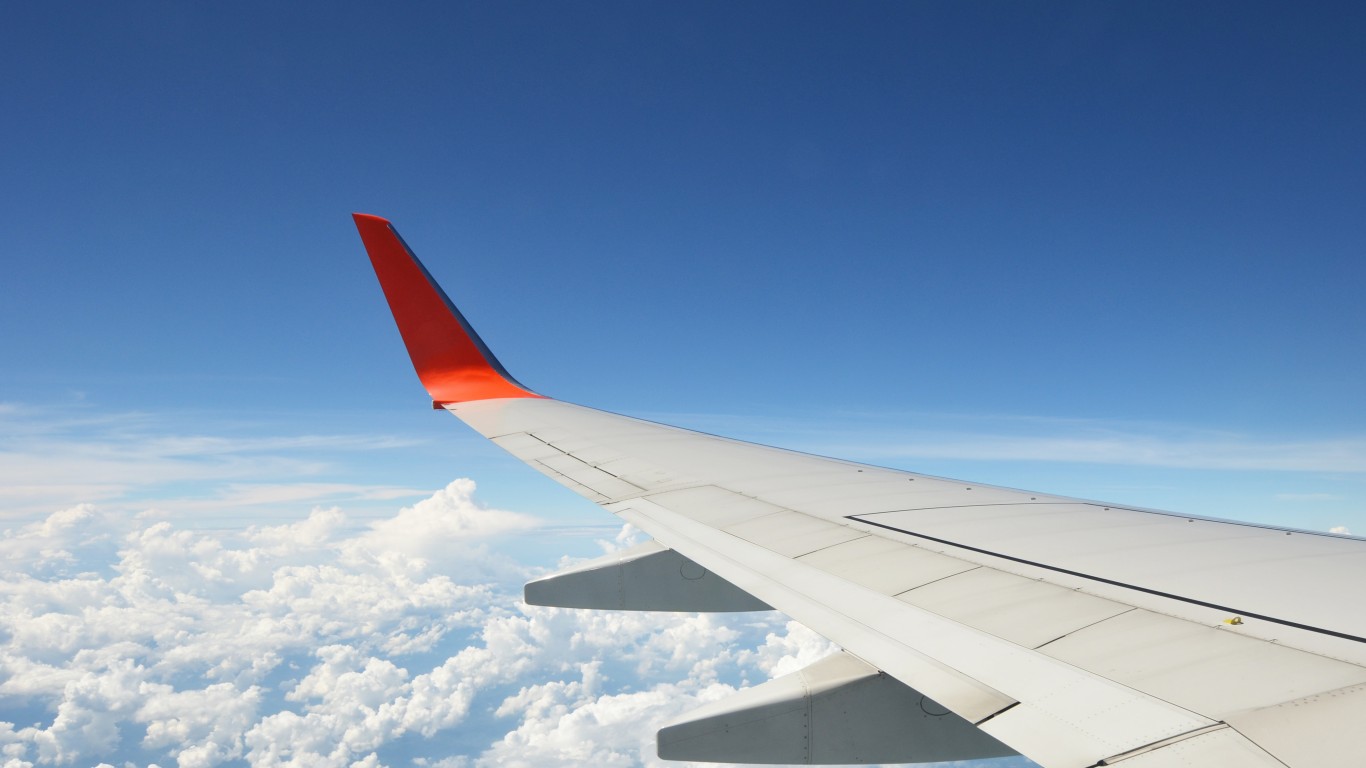
12. Airplane winglets
In the mid-1970s, as part of their Aircraft Energy Efficiency program, NASA began experimenting with winglets — vertical tips placed at the end of aircraft wings — to help reduce drag. Winglets are now ubiquitous on commercial jets and help increase fuel efficiency and reduce carbon dioxide emissions.
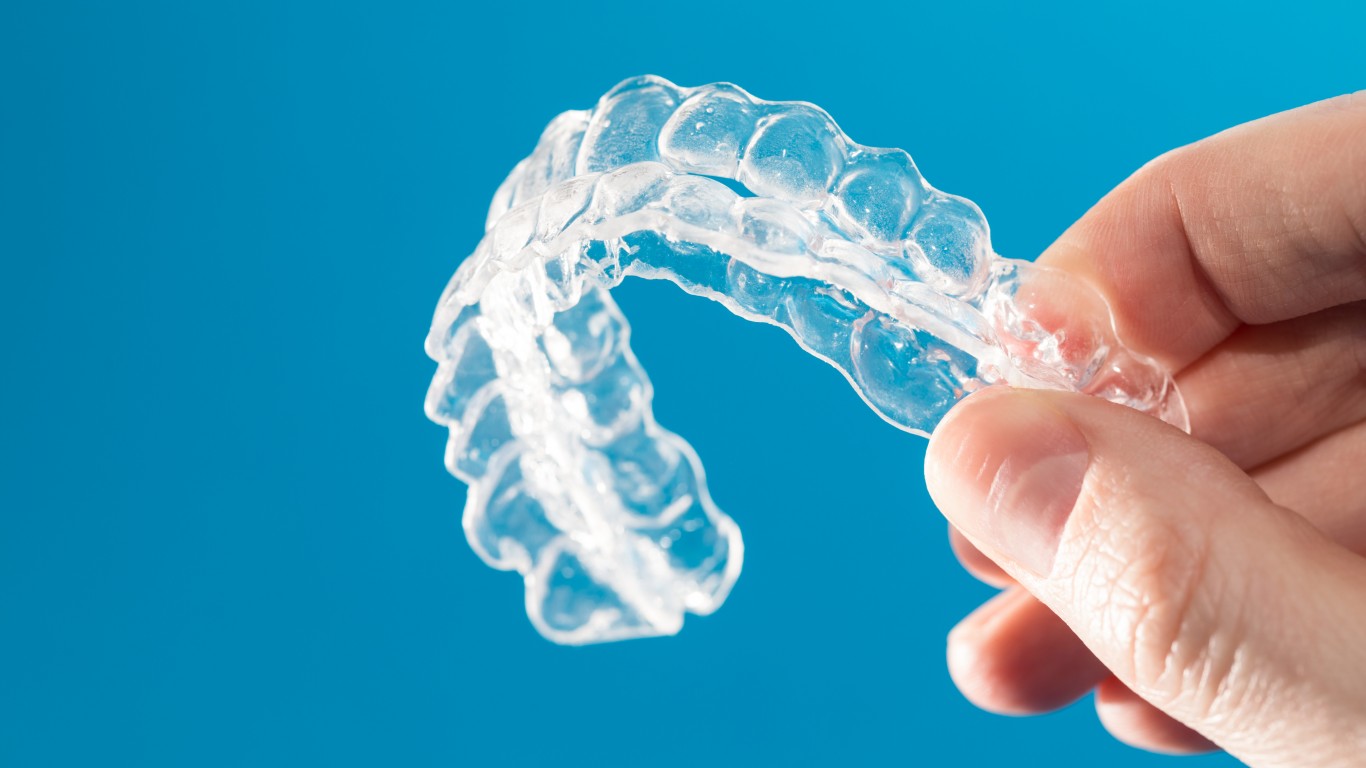
13. Invisible braces
After NASA and Ceradyne researchers discovered that polycrystalline alumina can protect radar equipment without blocking the radar’s signal as it tracks heat-seeking missiles, Unitek Corporation/3M teamed up with Ceradyne, using the material to invent invisible braces for teeth.
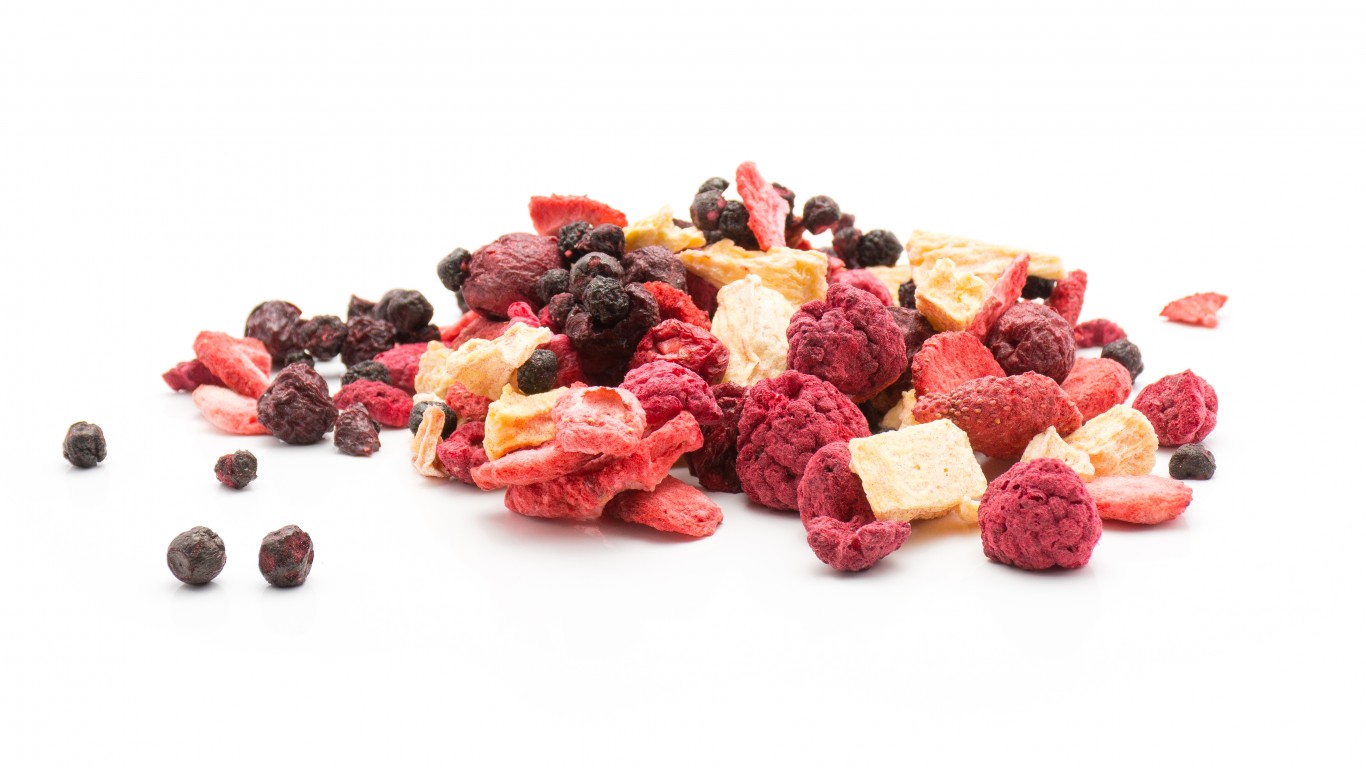
14. Freeze-dried foods
In preparation for the Apollo missions, NASA utilized a freeze-drying technique perfected by Nestlé to bring food to 20% of its original weight while managing to retain 98% of the food’s nutritional value.
[in-text-ad-2]
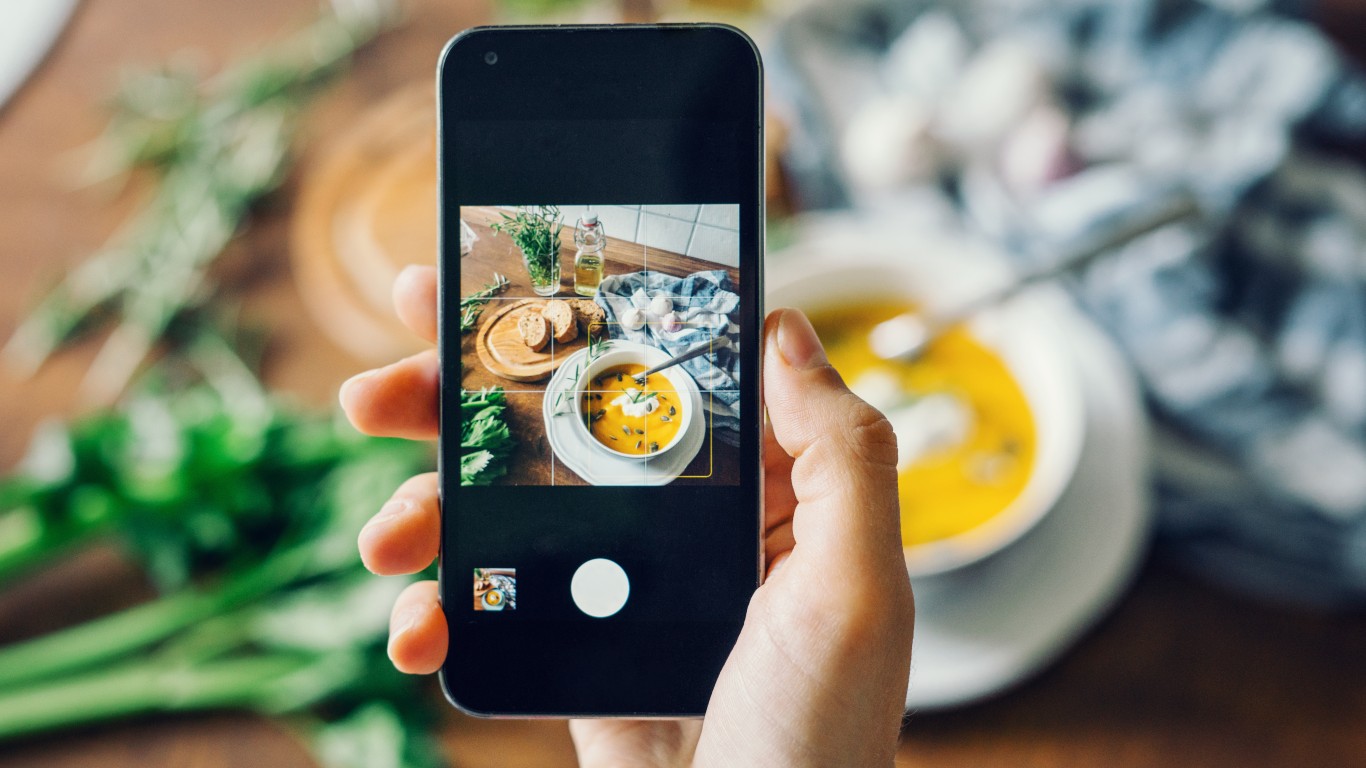
15. Cellphone cameras
In the 1990s, NASA’s Jet Propulsion Laboratory invented a light, miniature imaging system that required little energy in order to take high-quality photographs from space. This technology has become standard in cellphone and computer cameras.
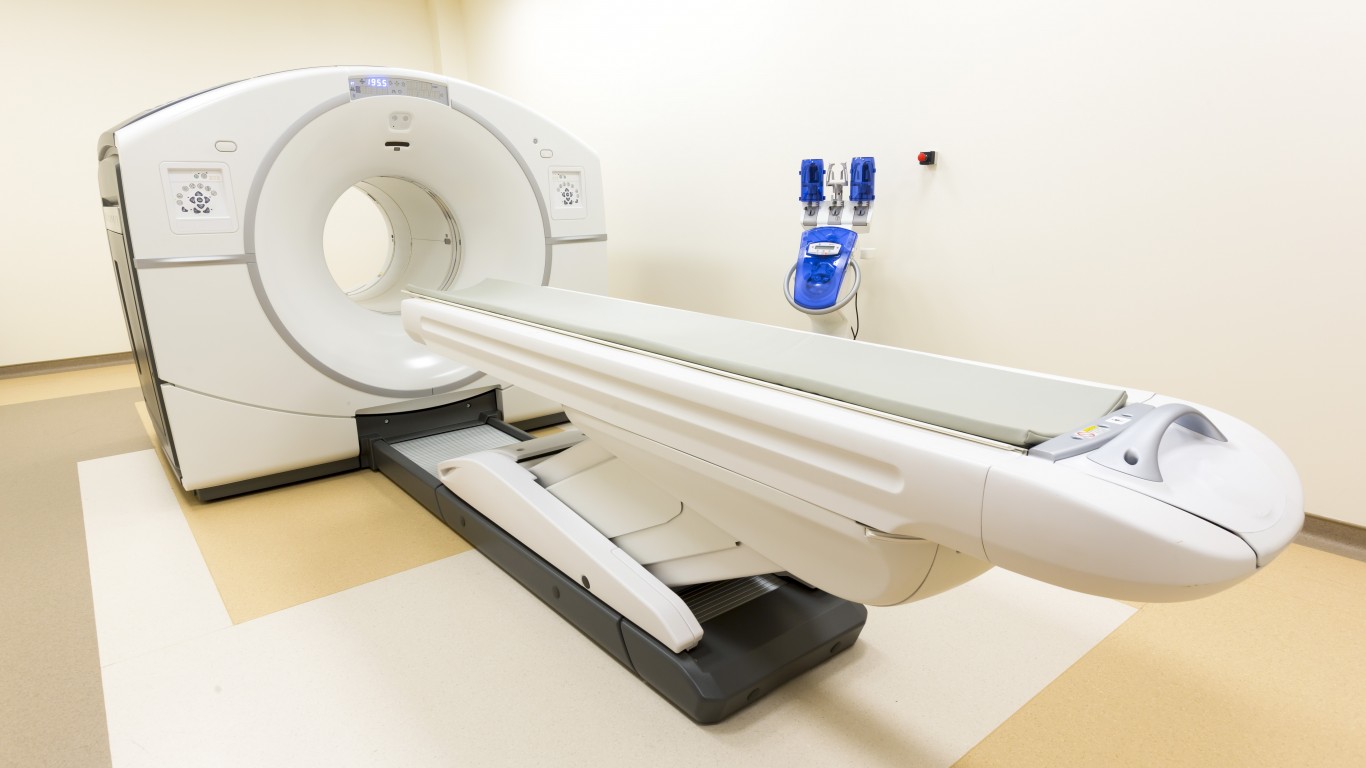
16. CAT scans
NASA’s digital signal technology, originally used to recreate images of the moon during the Apollo missions, is the underlying technology that makes CAT scans and MRIs possible.
[in-text-ad]
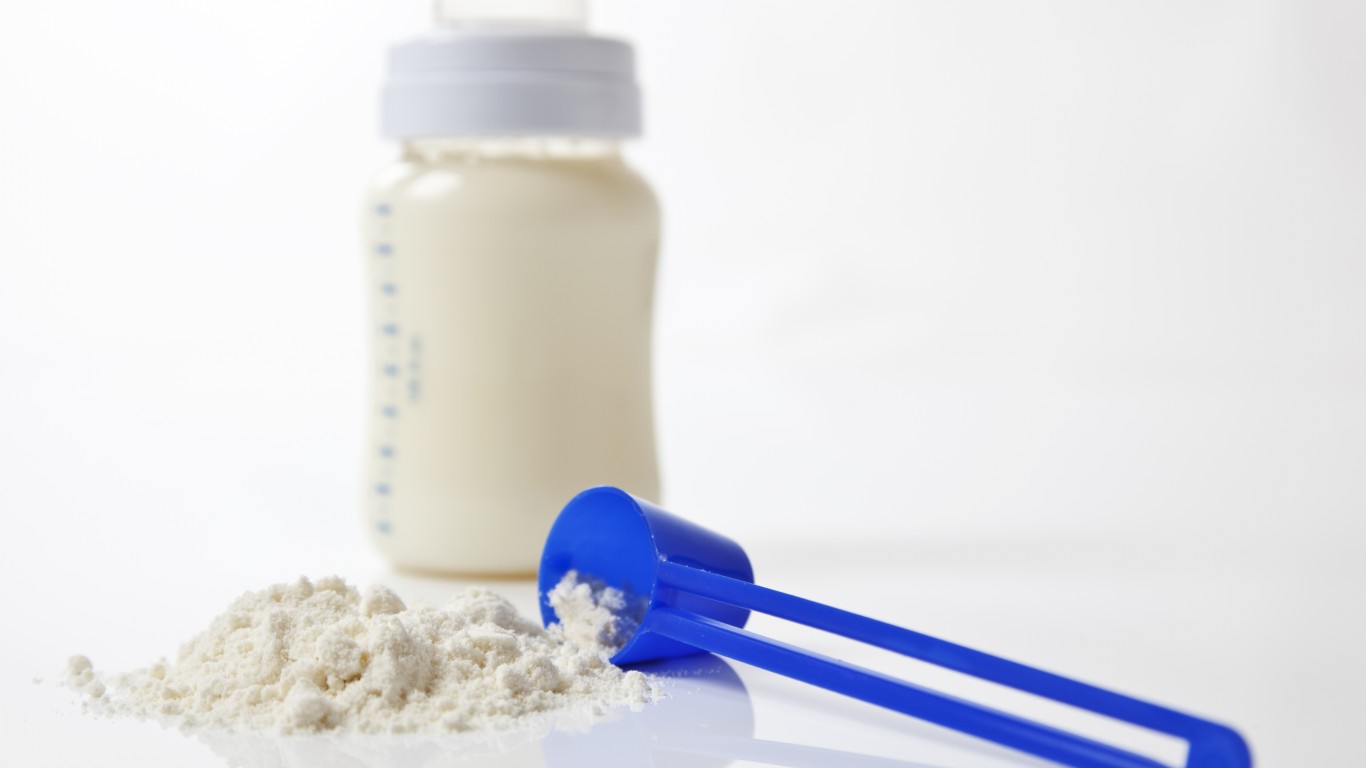
17. Baby formula
A nutritious, algae-based vegetable oil invented by NASA scientists who were searching for a recycling agent to use during long space missions is now an additive in many infant formulas. It contains two essential fatty acids that cannot be synthesized by the human body.
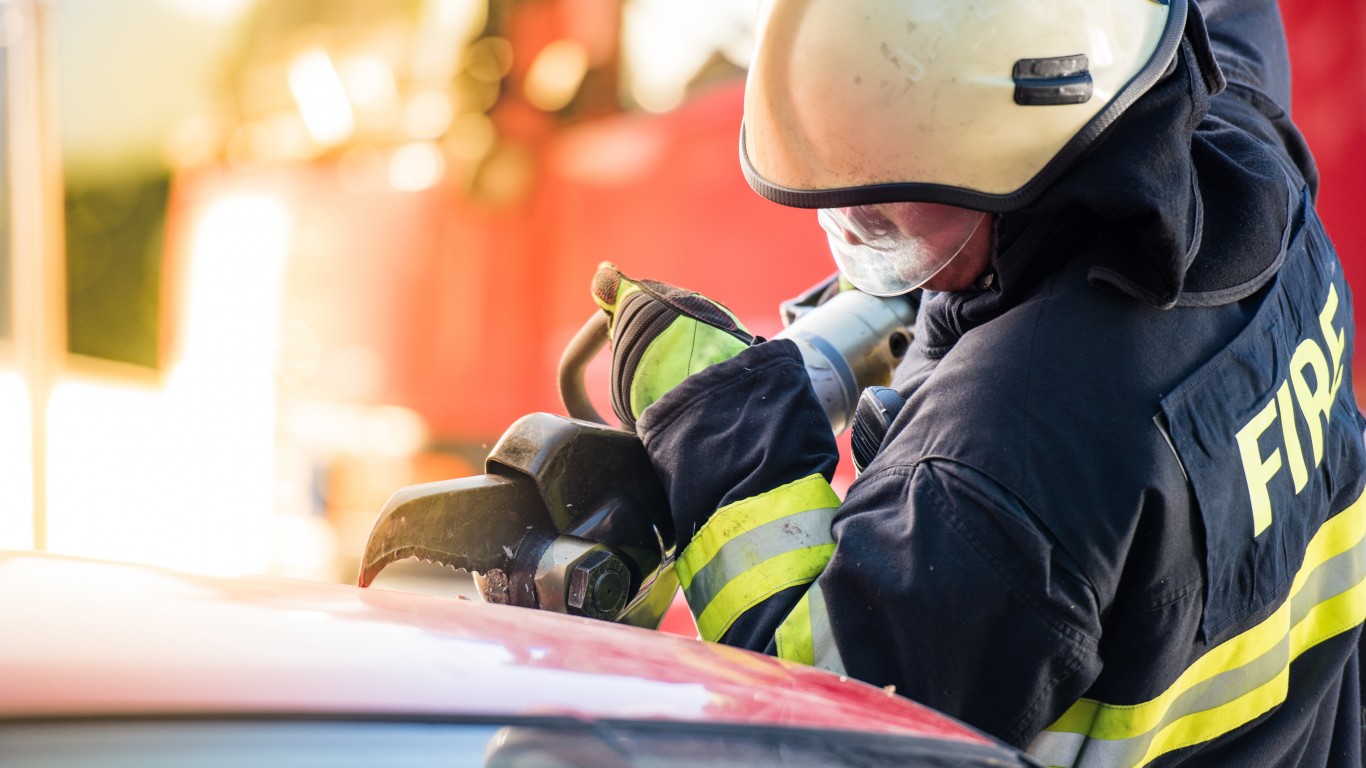
18. Lifeshears
The pyrotechnic mechanism used to detach a space shuttle from its rocket boosters after launching is the same used in Lifeshears, but on a smaller scale. Lifeshears are a tool that can be utilized in emergency situations to cut into cars or collapsed buildings to rescue people trapped inside.
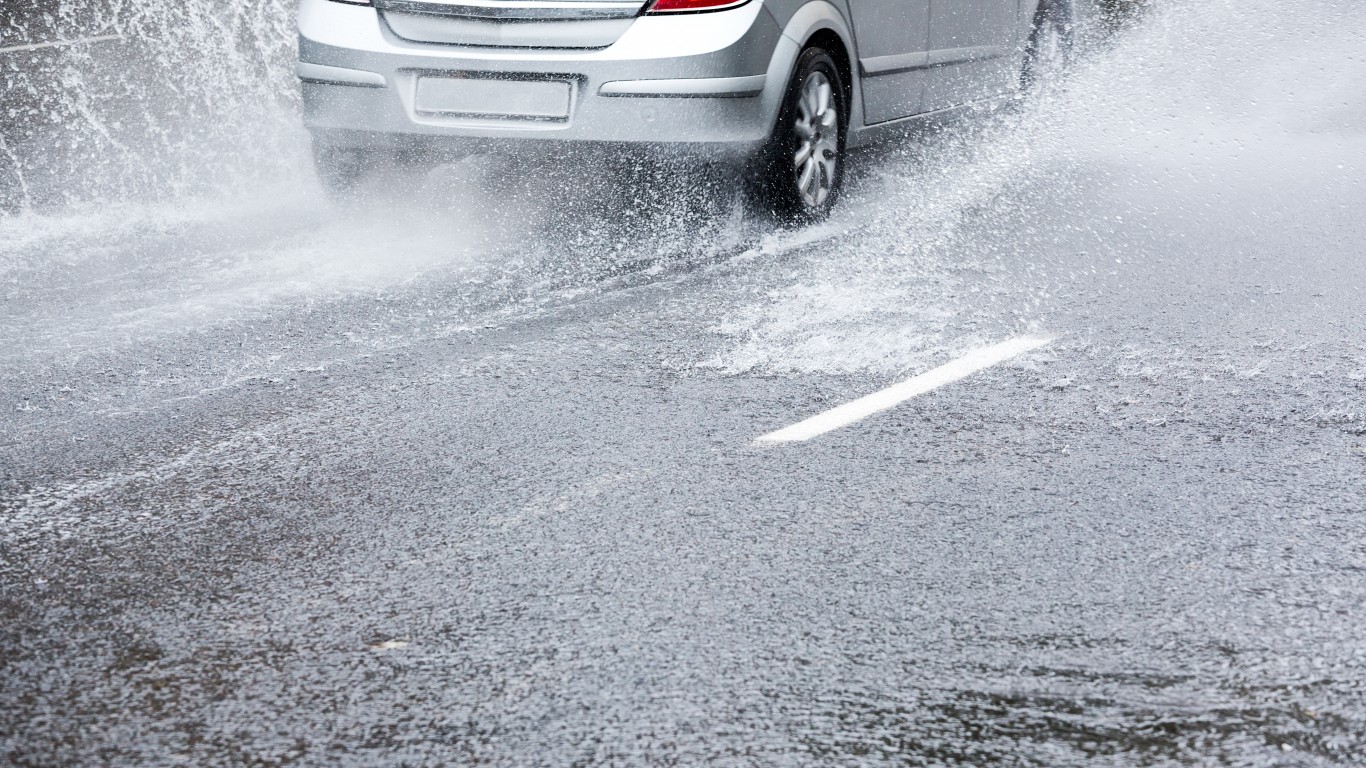
19. Grooved pavement
While searching for ways to increase safety during shuttle landings, NASA scientists discovered that cutting grooves into the runway helped channel water and significantly reduce hydroplaning. Many highways and airports now have grooved pavement.
[in-text-ad-2]

20. Air purifiers
In the sealed, artificial environment of a spacecraft, attempts to grow plants have led to the buildup of ethylene, which hastens decay. NASA invented an air purifier for the International Space Station that is now used widely on Earth — everywhere from restaurants, to hospitals, to refrigerators — to remove ethylene as well as other particulates and pathogens.
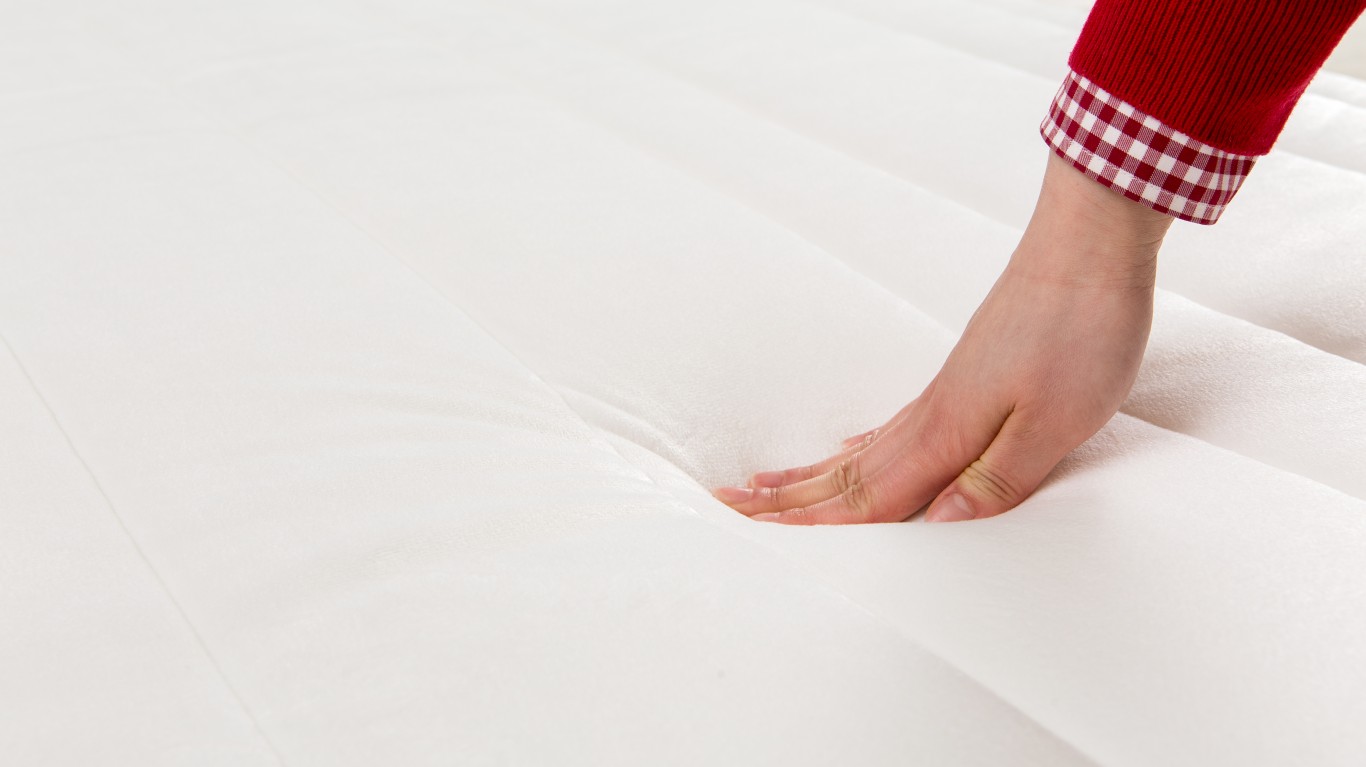
21. Memory foam
Memory foam was originally invented as a pad for astronaut seats that would mold to their bodies during the high forces of takeoff and landing, then return to a neutral state. This eliminated the need to customize seats to individual astronauts’ bodies.
[in-text-ad]
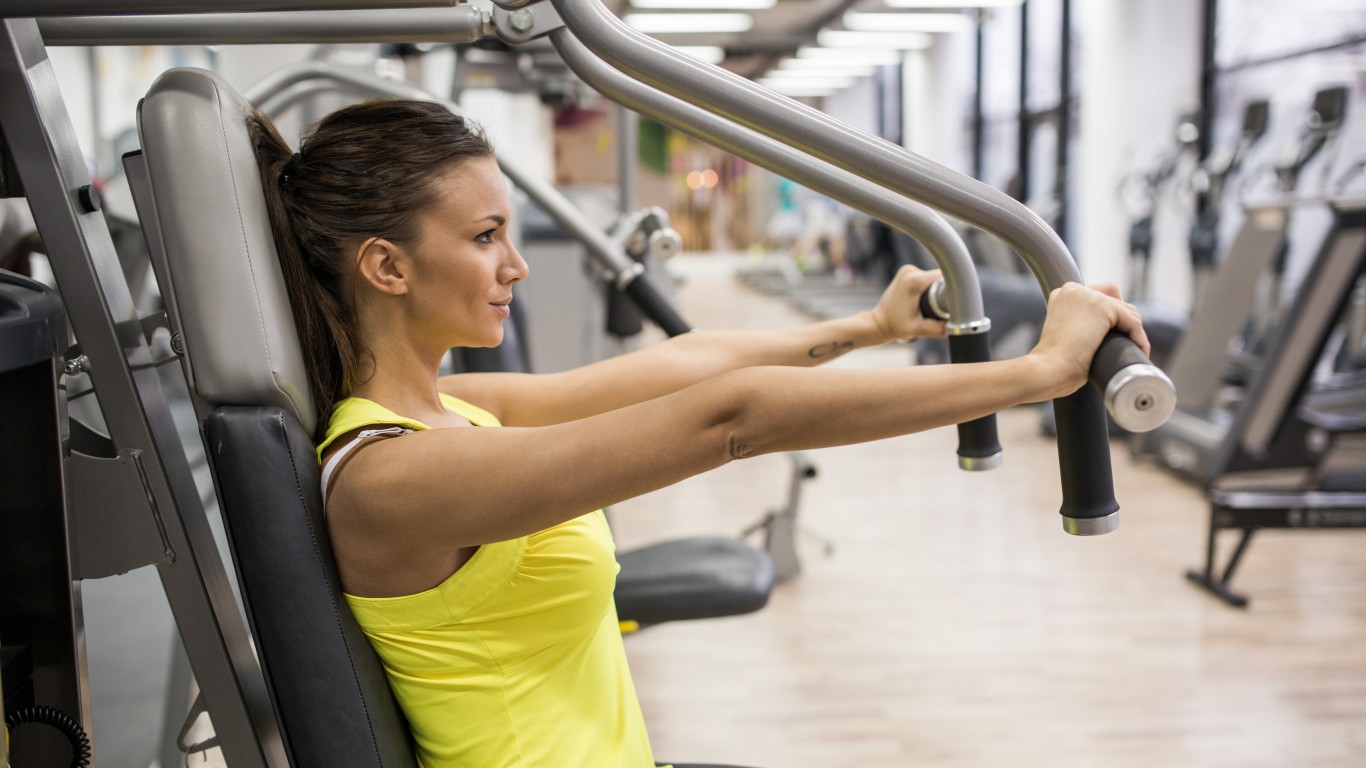
22. Resistance-based workout machines
Because traditional weight-lifting machines don’t work in zero-gravity, NASA sought a way for astronauts to maintain muscle tone using resistance-based workout equipment. Funding the work Paul Francis, inventor of a resistance-based weight-lifting system called SpiraFlex, NASA got what they were looking for and Francis’s work was later incorporated into the Bowflex Revolution, a quieter, safer, more compact home gym than the traditional weight and cable machines.
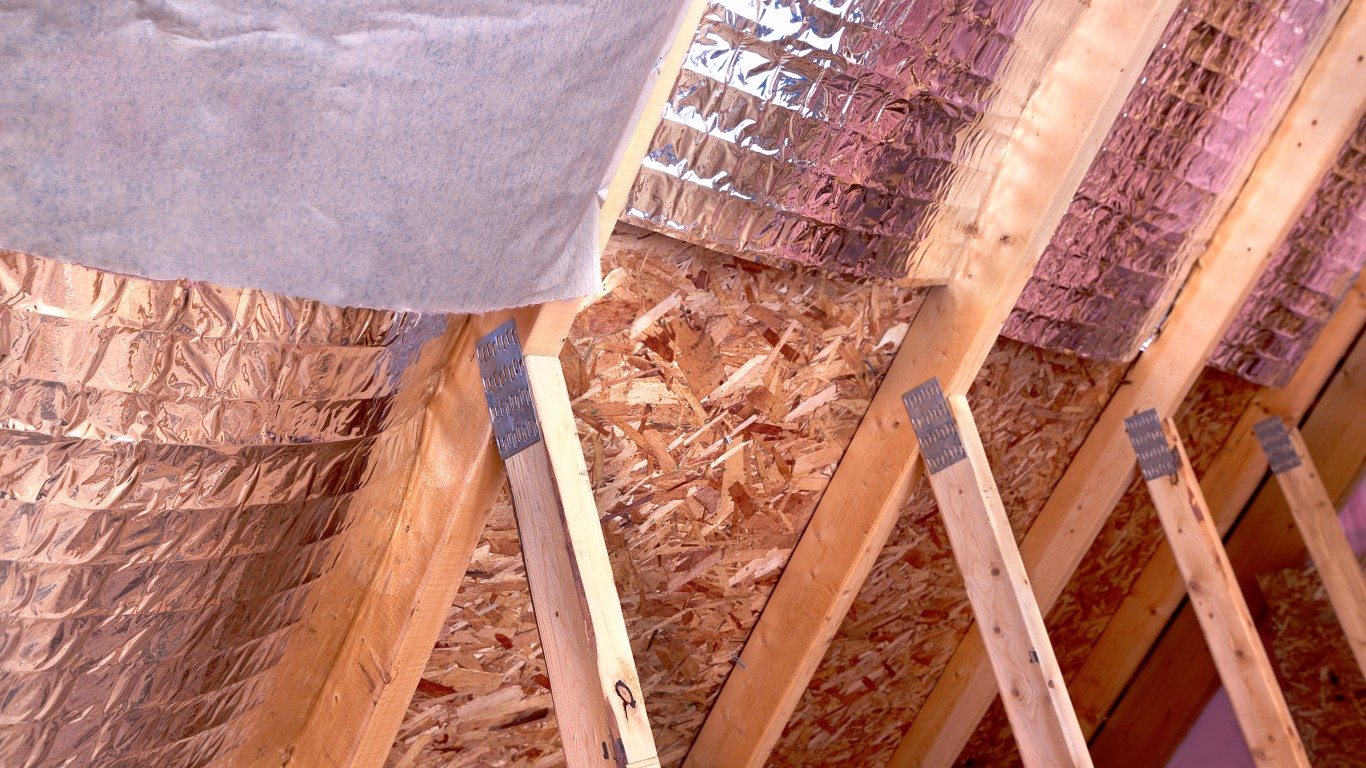
23. Insulation
Seeking heat shields for Apollo spacecrafts and spacesuits, NASA and their contractors began experimenting with thin, lightweight, reflective radiant barriers. Their advances in radiant barrier insulation have been applied to commercial products such as camping gear, building insulation, and clothing.
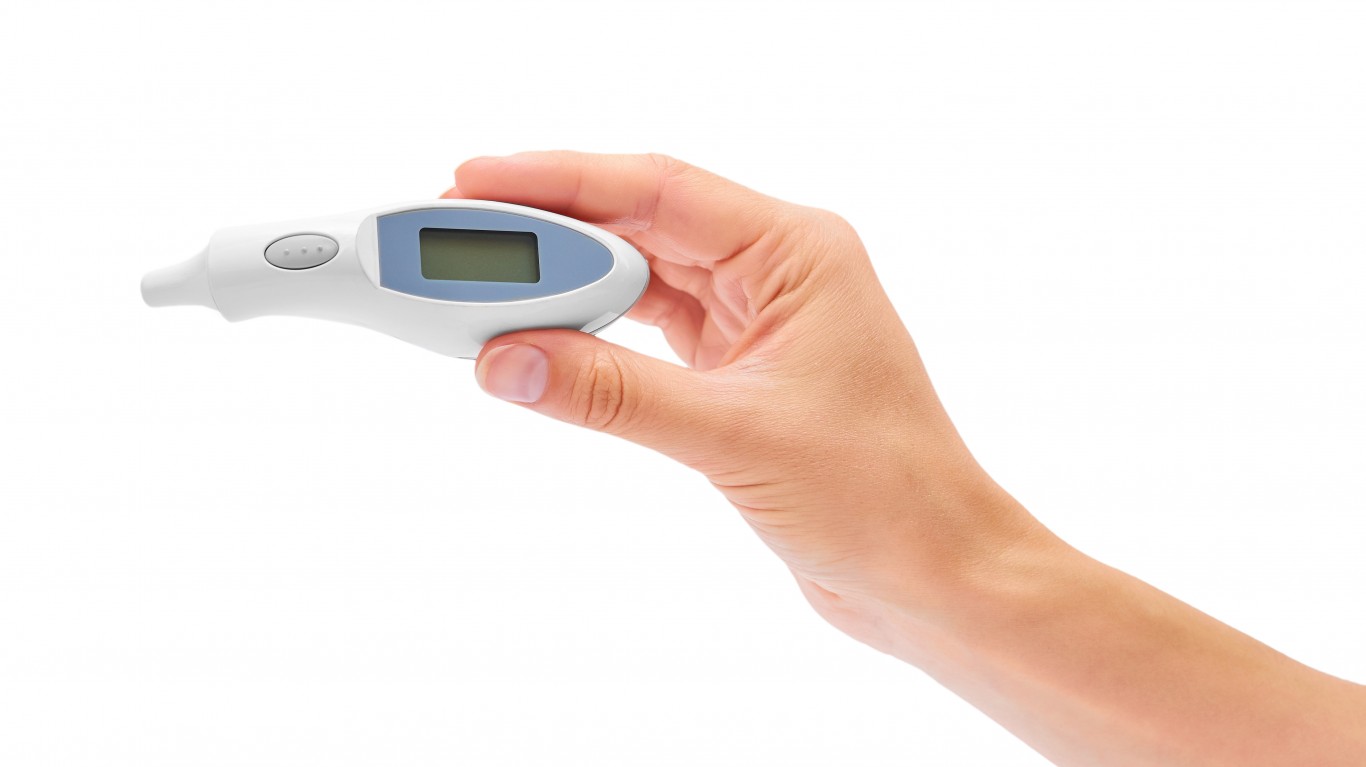
24. Infrared ear thermometers
Infrared ear thermometers, which allow for instant temperature capture without the risk of cross-infection, utilize the same technology developed for assessing the temperature of distant planets.
[in-text-ad-2]
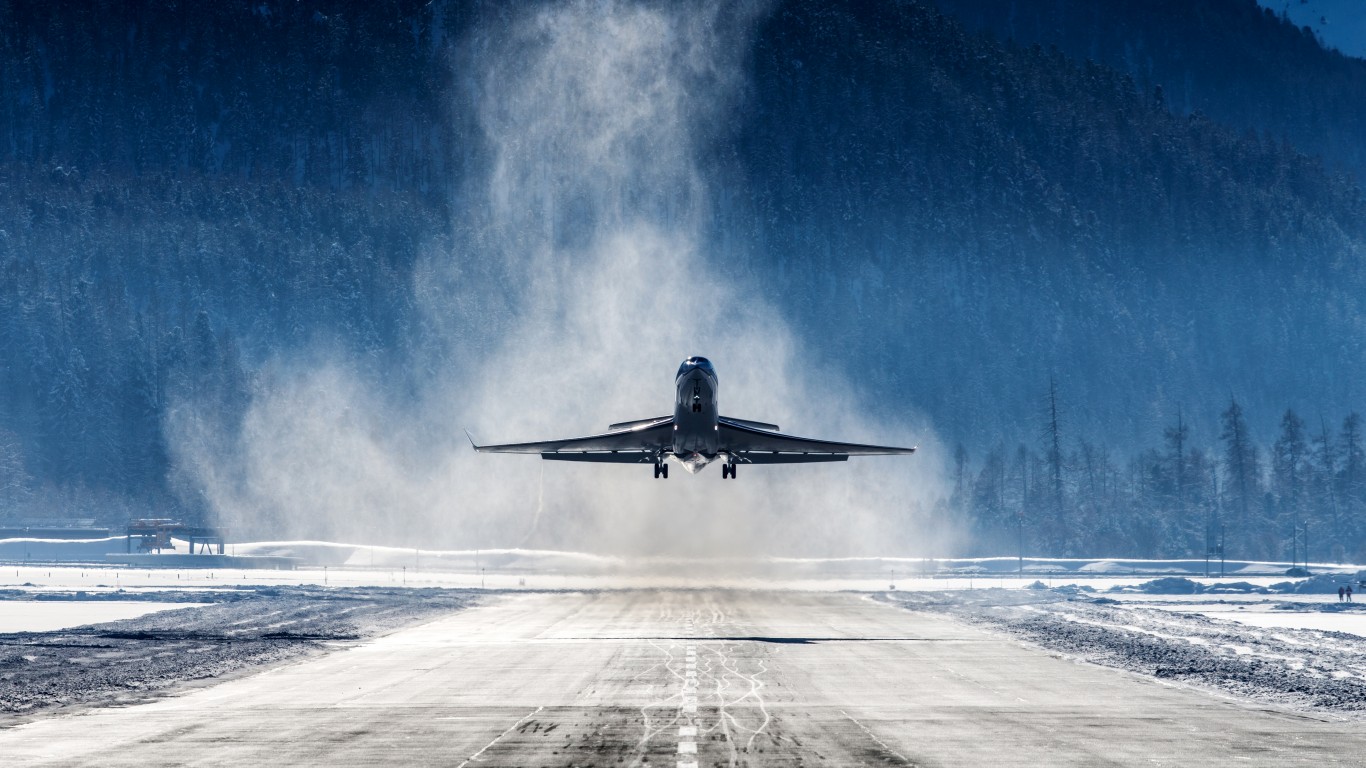
25. Ice-resistant airplanes
Ice is a real threat for shuttles in space, and NASA has devised multiple electronic solutions to prevent ice formation on spacecraft exteriors. Some of these are now used on commercial aircraft.

26. Portable computers
The first portable computer, the Grid Compass, was used on multiple shuttle missions in the 1980s. Nicknamed SPOC (Shuttle Portable On-Board Computer), the computer could communicate with onboard devices and was used to launch satellites off space shuttles.
[in-text-ad]
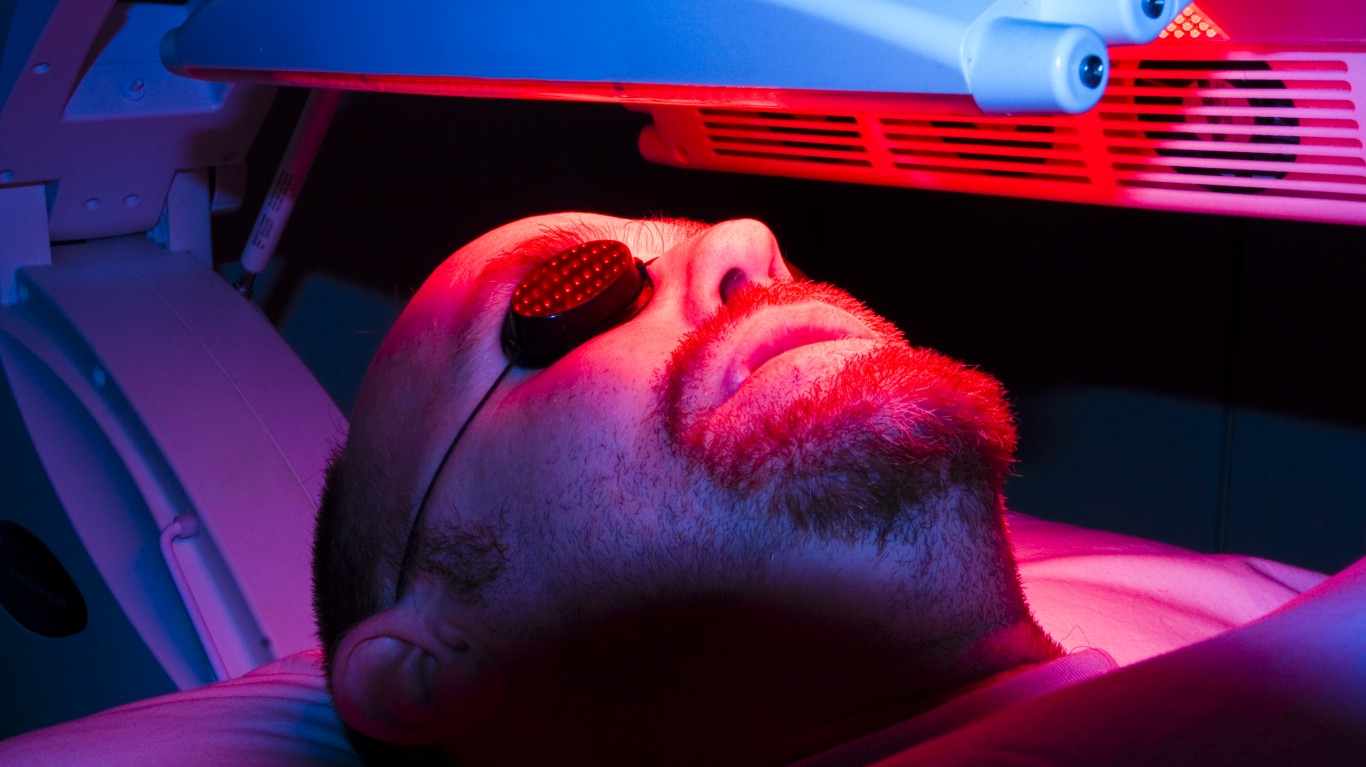
27. LEDs
Intended to be used for growing plants aboard space shuttles and regulating astronauts’ sleep cycles, NASA’s work with LED (light-emitting diode) technology has been utilized in the development of LED medical devices that relax muscles and relieve pain in soldiers, cancer patients, and those with Parkinson’s disease.
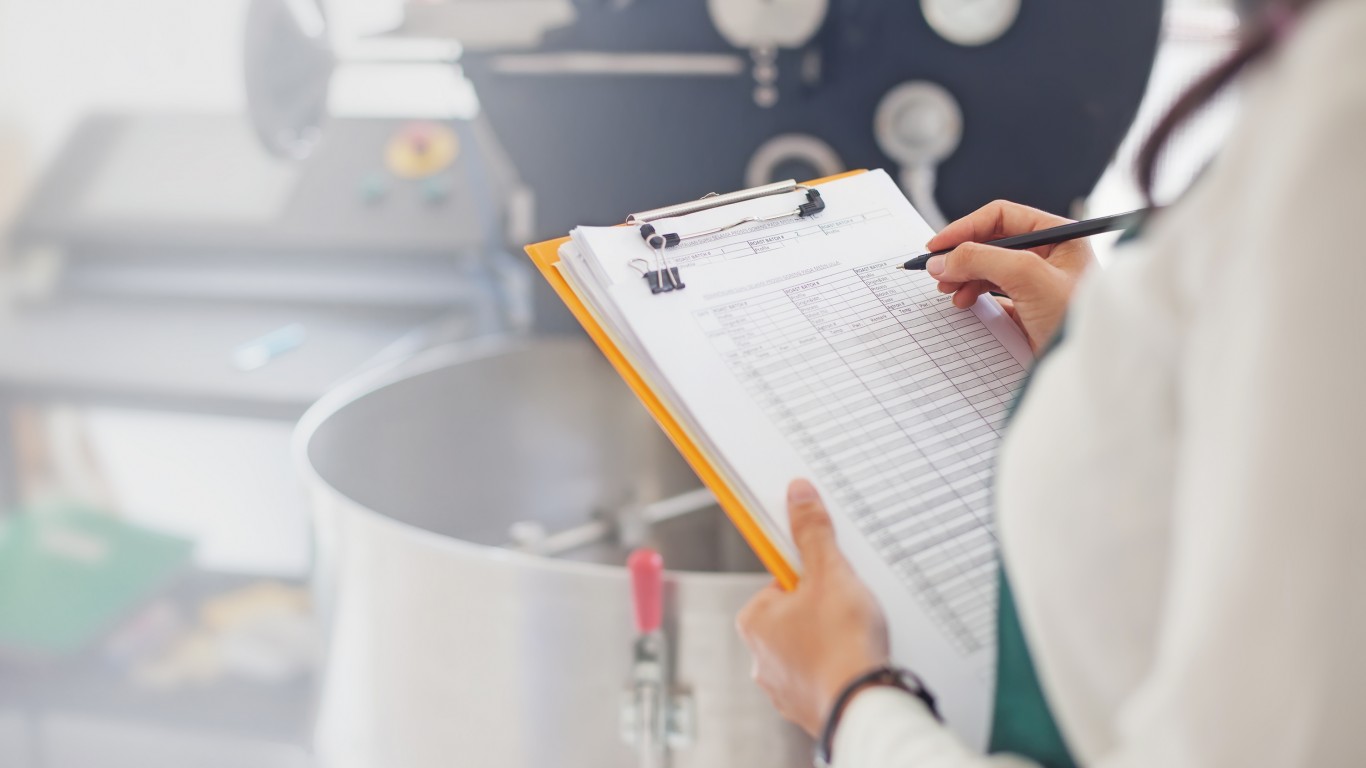
28. Modern Food Safety Guidelines
In the 1960s, the Pillsbury Company and US Army Laboratories teamed up with NASA to provide pathogen-free food for upcoming space missions. Pillsbury then adopted the safety protocol system used by NASA and was subsequently tasked with training FDA food inspectors using the Hazard Analysis and Critical Control Points (HACCP) system.
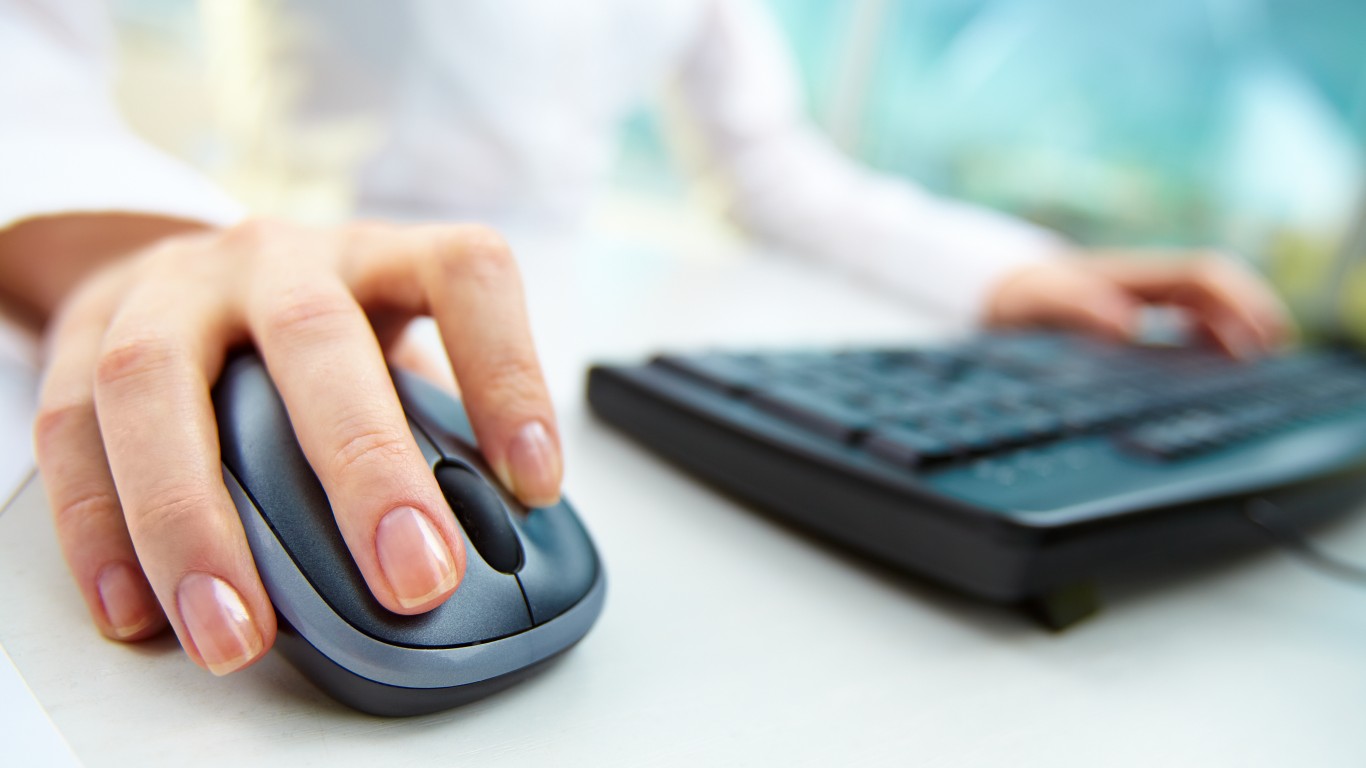
29. Computer mouse
While searching for a way to increase interaction with onboard computers and allow users to perform tasks like manipulate data, NASA project manager Bob Taylor granted funding to Stanford researcher Doug Englebart, who developed the first mouse.
[in-text-ad-2]
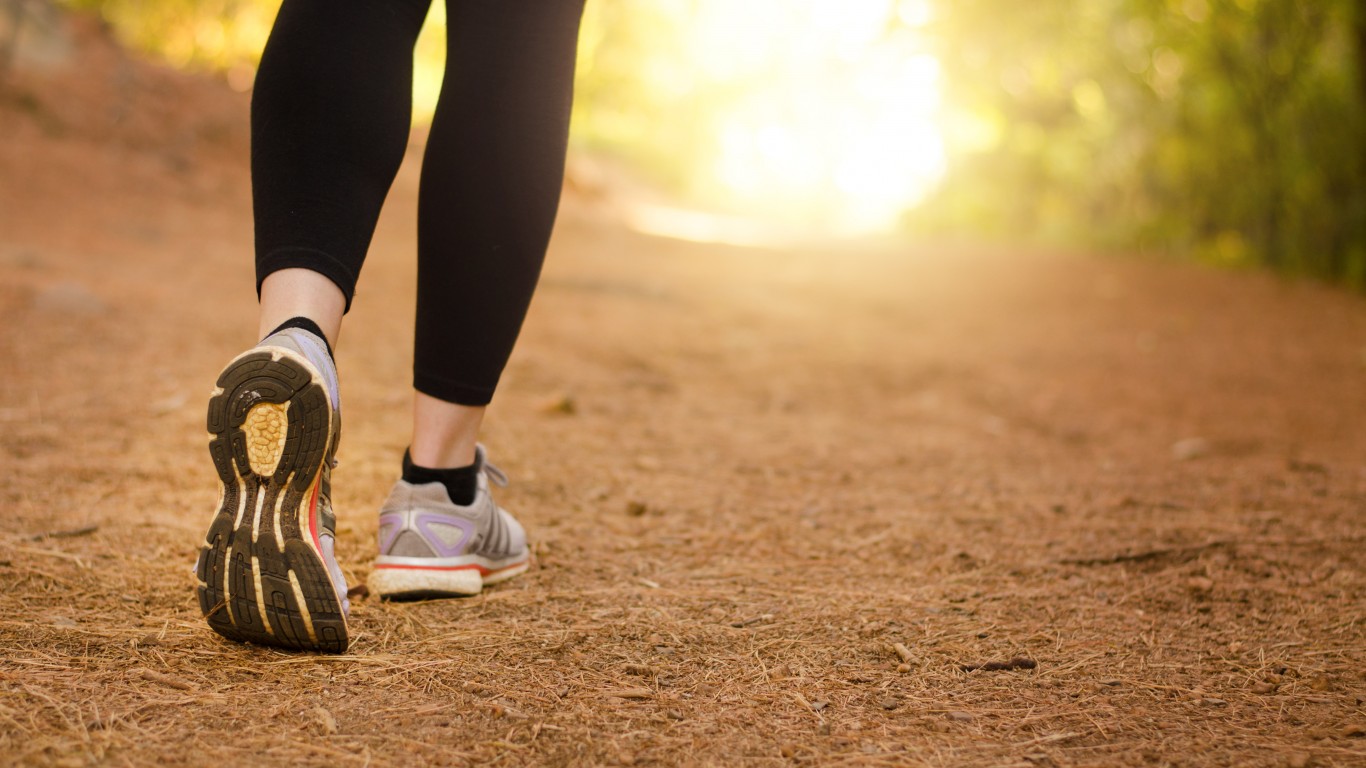
30. Athletic shoes
A shock-absorbent rubber molding designed for astronauts’ helmets inspired what is now a common component of the soles of modern athletic shoes.
100 Million Americans Are Missing This Crucial Retirement Tool
The thought of burdening your family with a financial disaster is most Americans’ nightmare. However, recent studies show that over 100 million Americans still don’t have proper life insurance in the event they pass away.
Life insurance can bring peace of mind – ensuring your loved ones are safeguarded against unforeseen expenses and debts. With premiums often lower than expected and a variety of plans tailored to different life stages and health conditions, securing a policy is more accessible than ever.
A quick, no-obligation quote can provide valuable insight into what’s available and what might best suit your family’s needs. Life insurance is a simple step you can take today to help secure peace of mind for your loved ones tomorrow.
Click here to learn how to get a quote in just a few minutes.
Thank you for reading! Have some feedback for us?
Contact the 24/7 Wall St. editorial team.
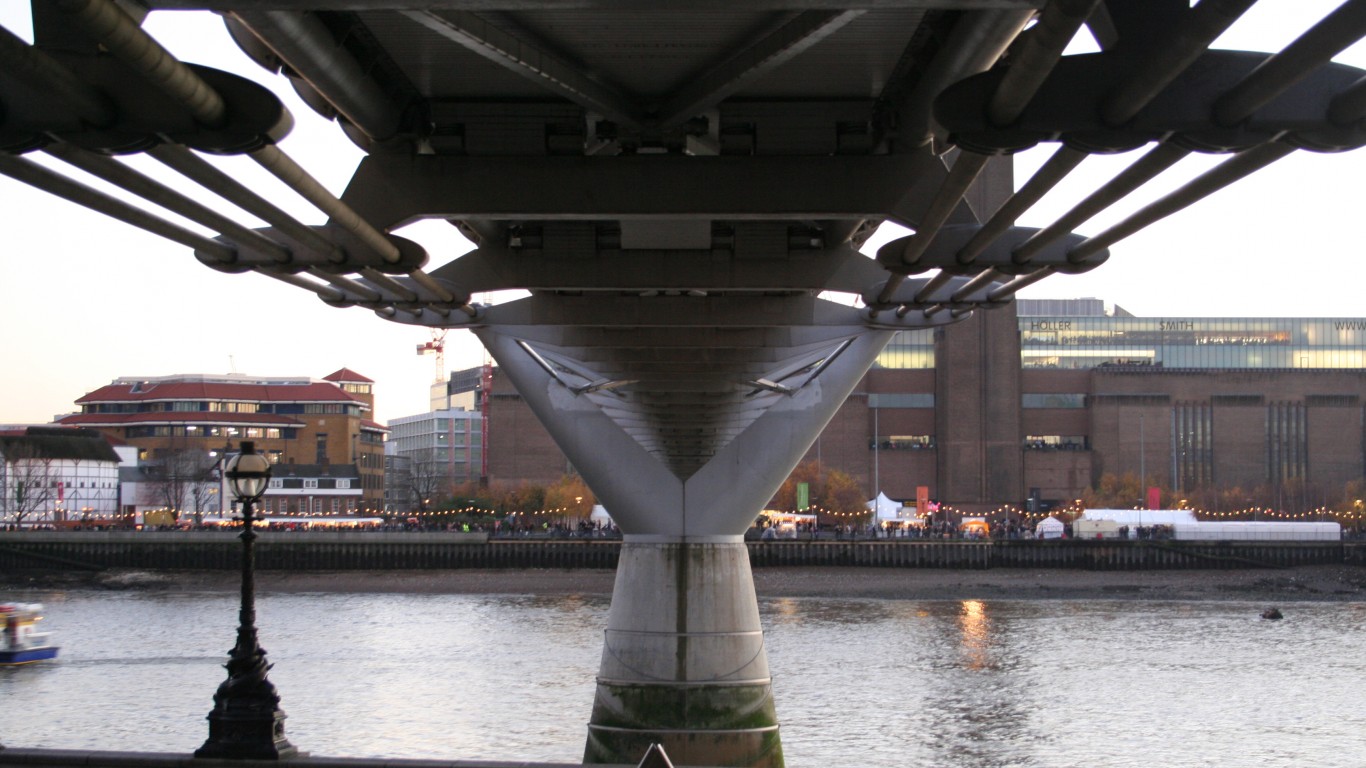
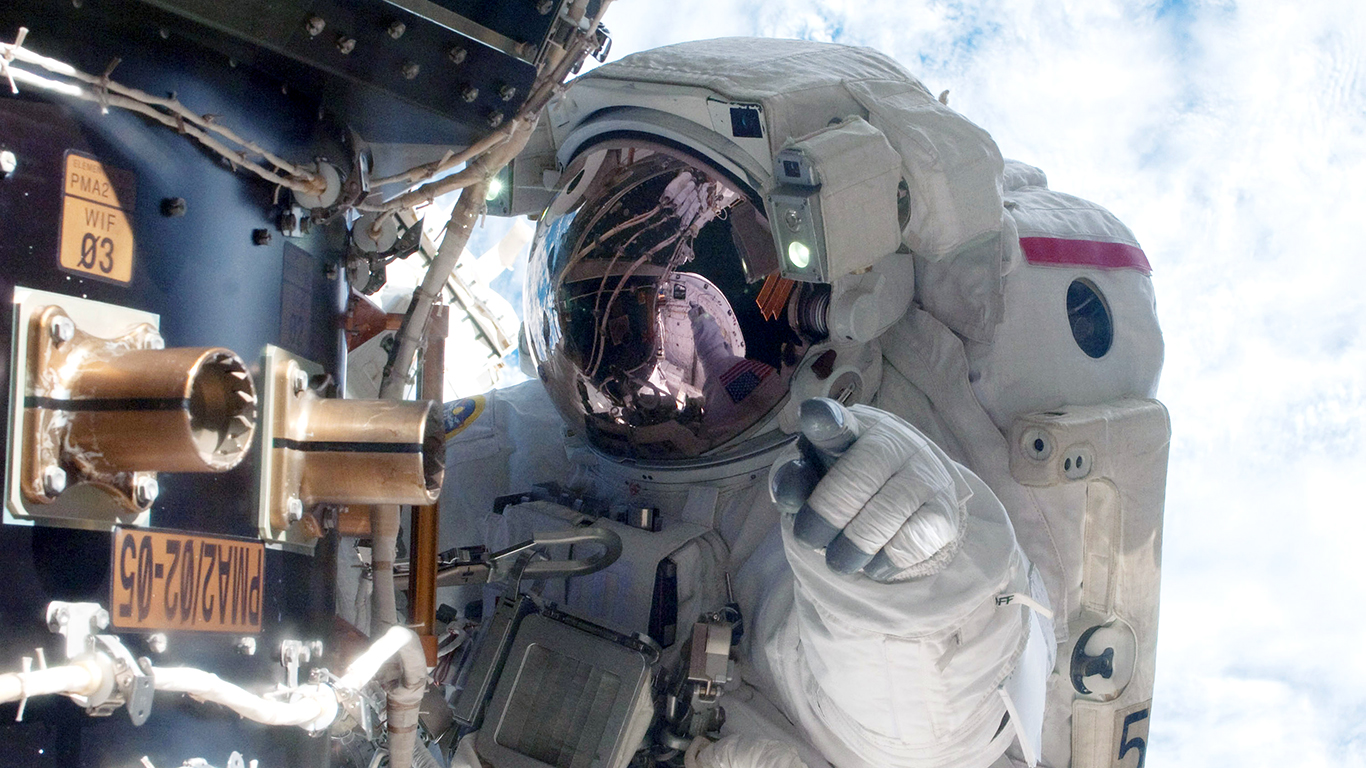 24/7 Wall St.
24/7 Wall St.